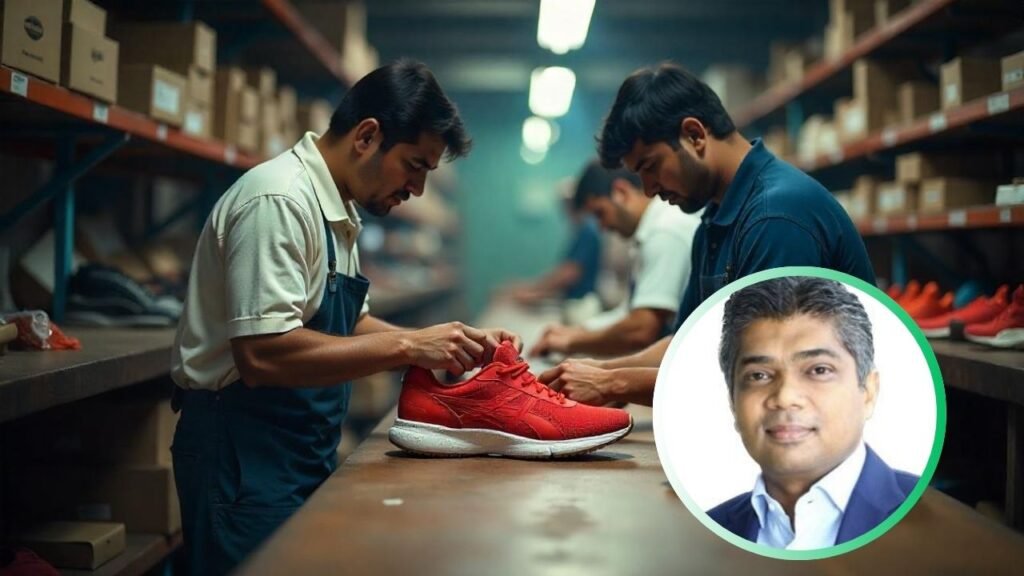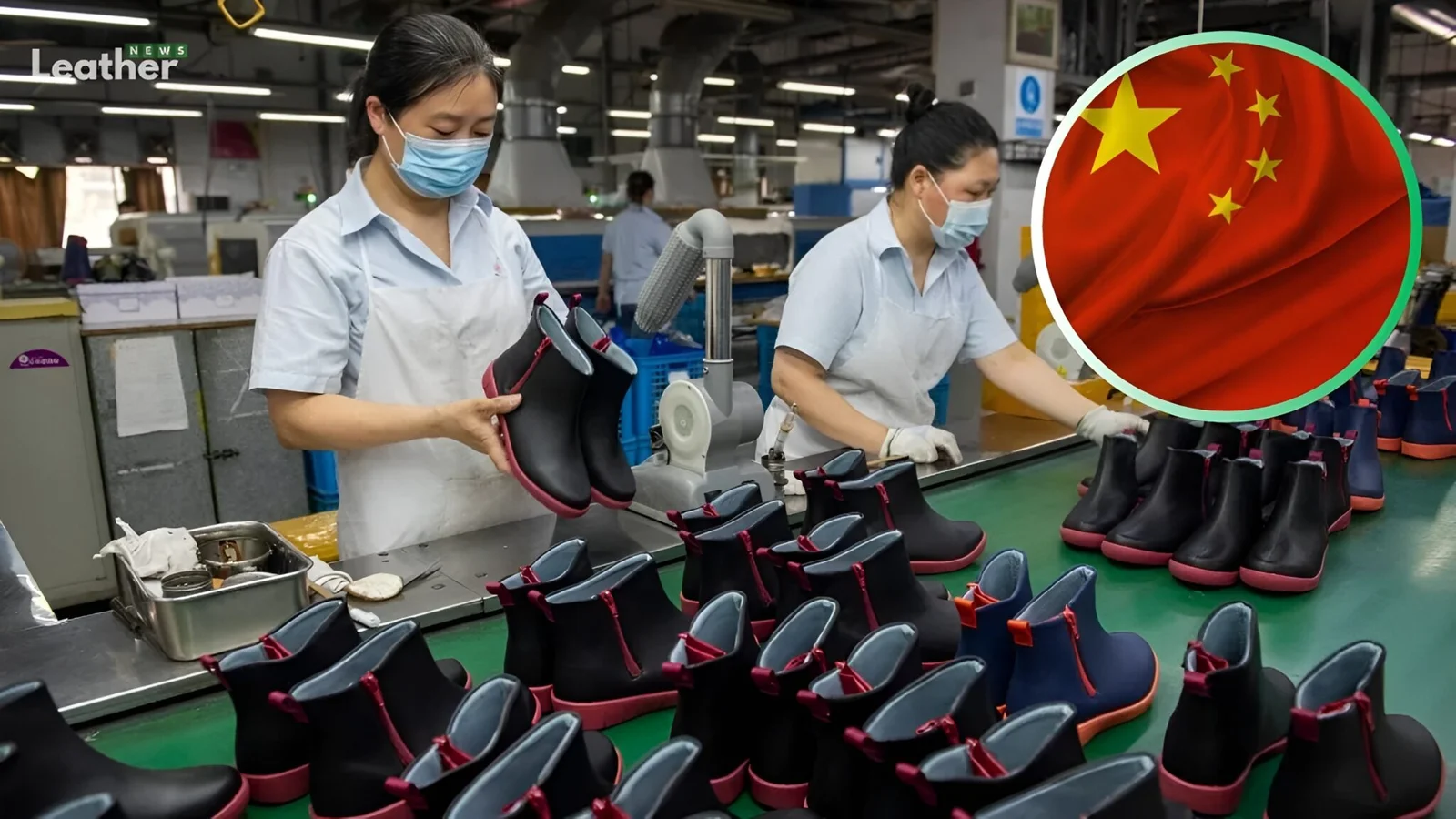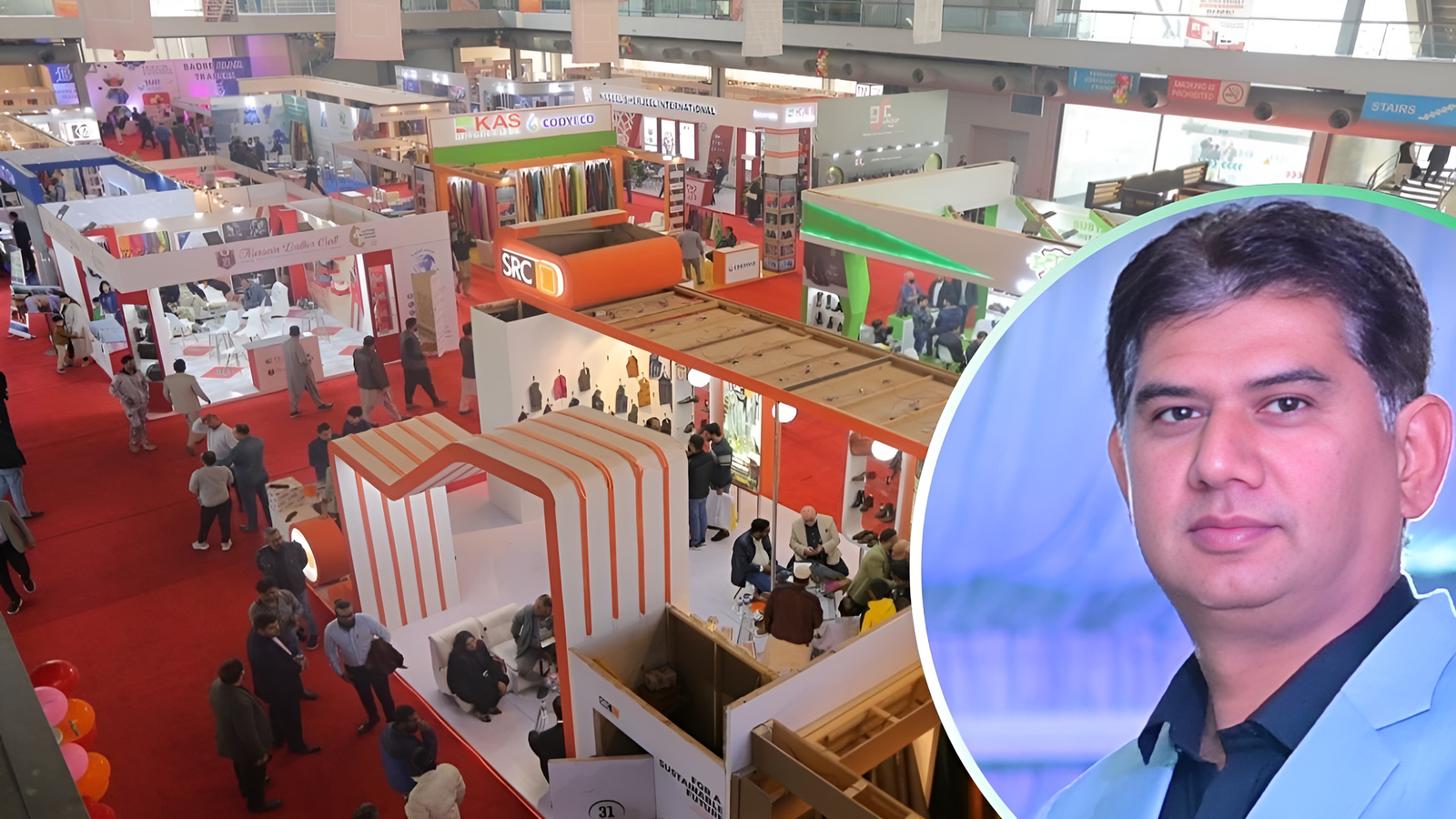The Indian footwear industry is gearing up for an unprecedented growth in the next decade, with forecasts suggesting that it could outpace the progress seen in the last fifty years. This optimistic outlook is driven by new investments, evolving consumer preferences, and strategic decisions by major players in the sector.
In an insightful discussion, industry experts like Mr. Israr Ahmed, Director of Farida Group, shared his perspectives on the future of the Indian footwear market.
One of the most significant developments highlighted by Israr Ahmed is the establishment of a state-of-the-art manufacturing facility dedicated to producing sneakers for a prominent U.S. brand.
This new plant, which is set to manufacture nearly 1 million pairs of a single sneaker design initially, has plans for expanding its range of offerings in the future.
Ahmed emphasized that once major international brands commit to Indian manufacturers, they often enter long-term partnerships with substantial contracts. He stated, “Once they come, they come for the long term and with large contracts.”
This sentiment reflects the growing confidence global brands have in India’s footwear manufacturing capabilities. The facility is being constructed according to the exact specifications set by the brand, and employees are undergoing rigorous training to meet these standards.
Currently, Farida Group employs approximately 20,000 workers, with 95% of them being women, highlighting the sector’s contribution to women’s employment in India.
Market Shifts and Consumer Trends
Over the past two decades, the Indian footwear market has seen significant shifts in consumer preferences. Traditionally dominated by black leather shoes, which once held 80% of the market share, the demand for brown shoes has increased, now occupying a similar stake.
Industry experts attribute this shift to the versatility of brown shoes, which come in a wider range of colors and are seen as more adaptable to various fashion trends.
Another notable trend is the rise of waterproof leather, which has now become a standard feature in modern footwear.
The growing popularity of athleisure, a blend of athletic and casual styles, also underscores the changing priorities of Indian consumers.
Athleisure shoes, known for their comfort and style, have led to a marked shift away from formal shoes, which once dominated the market. This trend indicates that consumers are now prioritizing comfort over durability when selecting footwear.
Investment and Expansion Plans
Aston Shoes, a part of Farida group is one of the key players in the Indian footwear market, has announced plans to invest Rs. 100 crore (approximately $12 million) to produce 10 million shoes annually.
The company aims to establish itself as a leading force in the global athleisure market, capitalizing on the growing demand for casual yet stylish footwear.
As international brands seek to diversify their supply chains and reduce their dependence on China, India stands to capture a significant portion of the global sports shoe market. Israr Ahmed predicts that India could potentially secure up to 10% of this lucrative segment in the coming years.
Growing Demand in the Indian Market
India’s domestic footwear market is also proving to be a key attraction for international brands. Currently, the average Indian consumer buys between 1.8 and 1.9 pairs of shoes annually.
However, this figure is expected to rise significantly in the coming years. According to Sanjay Leekha, Former Chairman of the Council for Leather Exports (CLE), this number is projected to increase to 3.5 pairs per person by 2030.
This growing demand, combined with India’s expanding middle class and rising disposable incomes, positions the country as a critical player in the global footwear industry.
The story was originally covered by Times of India












